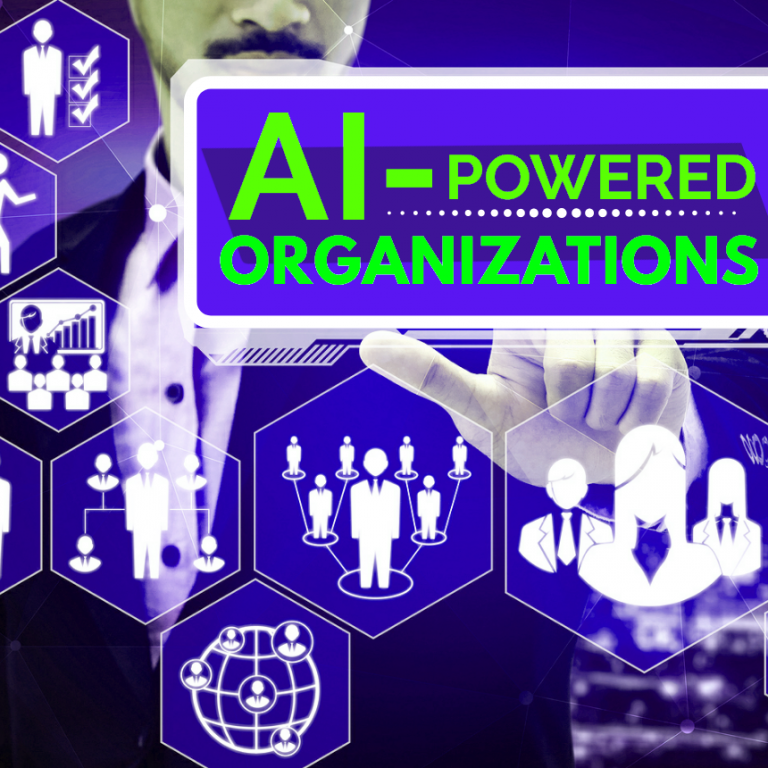
The advancement in artificial intelligence applications is reshaping businesses at a certain rate to help businesses attain their momentum in this competitive world. Sundar Pichai – Google CEO believes “AI as core, transformative way by which we’re rethinking how we’re doing everything.” True, AI is now helping businesses make better decisions on everything right from crop harvests to bank loans making it totally automated.
True AI or Strong artificial intelligence can be referred to as artificial general intelligence, a hypothetical machine that is similar to humans, capable of performing skillful and flexible tasks.
The technologies that allow AI, like development platforms and vast processing data storage, are advancing rapidly and becoming highly affordable.
The time seems ripe for businesses to capitalize on AI. Indeed, it is estimated that AI will add $13 trillion to the global economy in the next decade.
Yet, despite the promise of AI, many businesses’ efforts are falling gradually.
Related: AI in the Workplace – Best Asset a Business Can Ever Get
How to build an AI-powered organization to and find the right opportunity for your business
Emphasize interdisciplinary collaboration
Artificial intelligence has the biggest impact when it is done by teams with a mix of skills and innovative perspectives. Having an AI-Powered organization and operational people work alongside the analytics experts will ensure that the idea of implementing AI trends to all broad organizational priorities and not just unique business issues.
- Diverse teams in the organizations can bring operational changes that new applications may require.
- Implementing AI can develop an algorithm to predict maintenance needs and handle an overhaul of maintenance workflows.
- With the help of end-users in the design of applications, development teams can increase the chances of adoption dramatically.
Enforce leader-driven decision making and also data-driven decision making at the front line
Related: Smart AI & ML App Ideas for Next-Gen Startups
When AI is adopted broadly, every employee will offer their own judgment and intuition with a number of algorithm recommendations. But for this approach to work:
- Employees and everybody who is involved at all levels have to trust the algorithms’ suggestions and make sure that they feel empowered to make those decisions.
- When the time comes, one must trust to abandon the traditional top-down approach.
- Support other employees to consult a higher-up before taking any action, that will emphasize the use of AI.
- Experienced planners can apply their expertise to make final decisions supported by the data.
Honest and feedback program
AI-Powered Organizations must lose the mindset that an idea needs to be fully baked or a business tool must have every string in its hand and pull before even before it’s deployed.
On the first step, AI applications rarely can reach all their desired functionality. A test-and-learn mentality will reevaluate mistakes as a source of discoveries, decreasing the chances of failure in the future.
Getting early user feedback and working on it to find a new or bring the next version of the solutions will allow organizations to overcome their minor issues before they become complex problems. The development will scale up, allowing small AI teams to build minimum viable products in very less time for their AI-Powered organization.
Anticipating and overcoming barriers to change
Some obstacles, such as an employee’s fear of becoming obsolete, are common across various organizations. But a firm’s culture may also have different characteristics that give rise to resistance. For example, if a company has a relationship manager who takes pride in being helping a customer with all their needs and compromising when with them when they are not. These kinds of employees might say no to the idea of a machine having better ideas about what customers want. They eventually ignore an AI tool’s tailored product recommendations.
And managers in huge companies who believe their status is based on the number of people they oversee might reject the decentralized decision making or reduction in reports that AI could allow.
The ways AI can be implemented in business are increasing. New innovations in AI will create fundamental and sometimes hardest changes in workflows, roles, and culture. This is the responsibility of leaders to prepare their organizations carefully. Companies that succeed at implementing AI throughout the organization benefit in a world where humans and machines are working together outperforming humans or machines working on their own.


